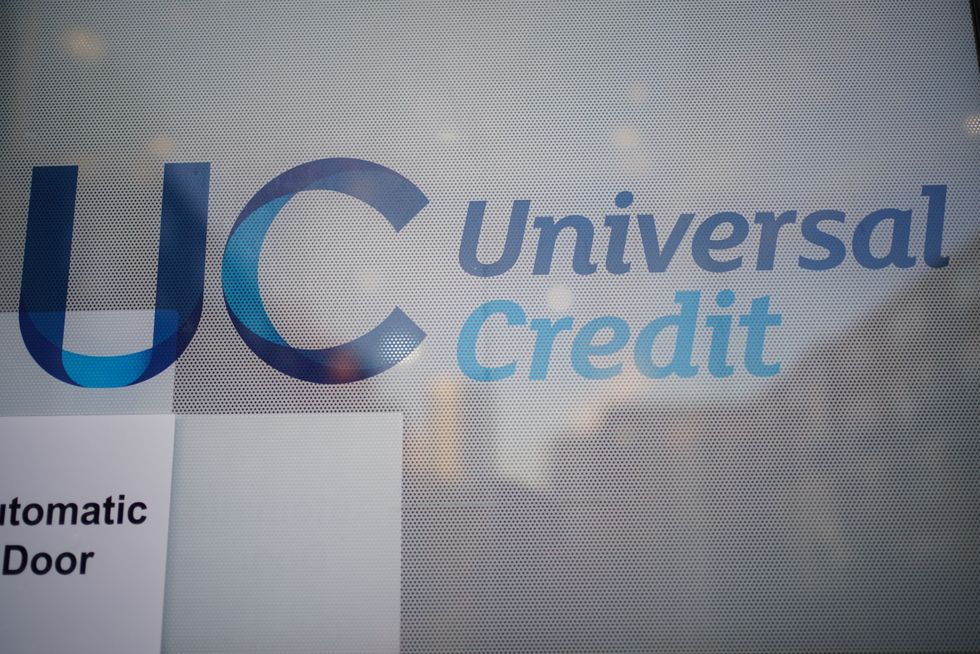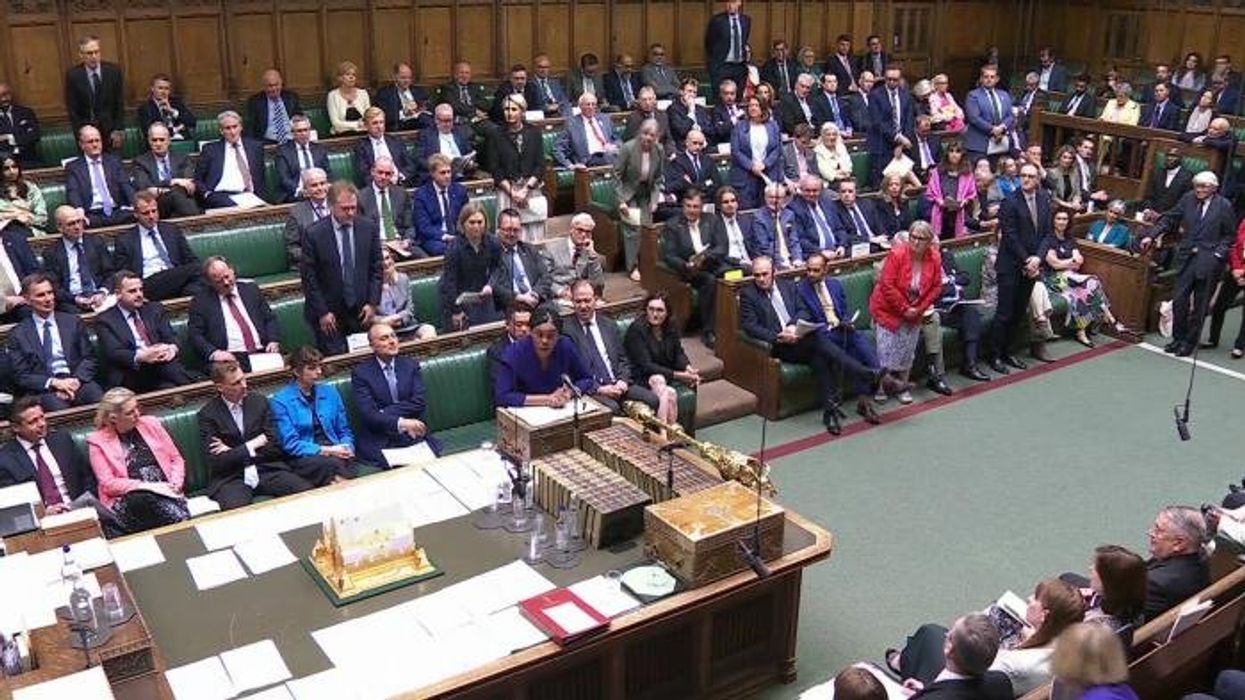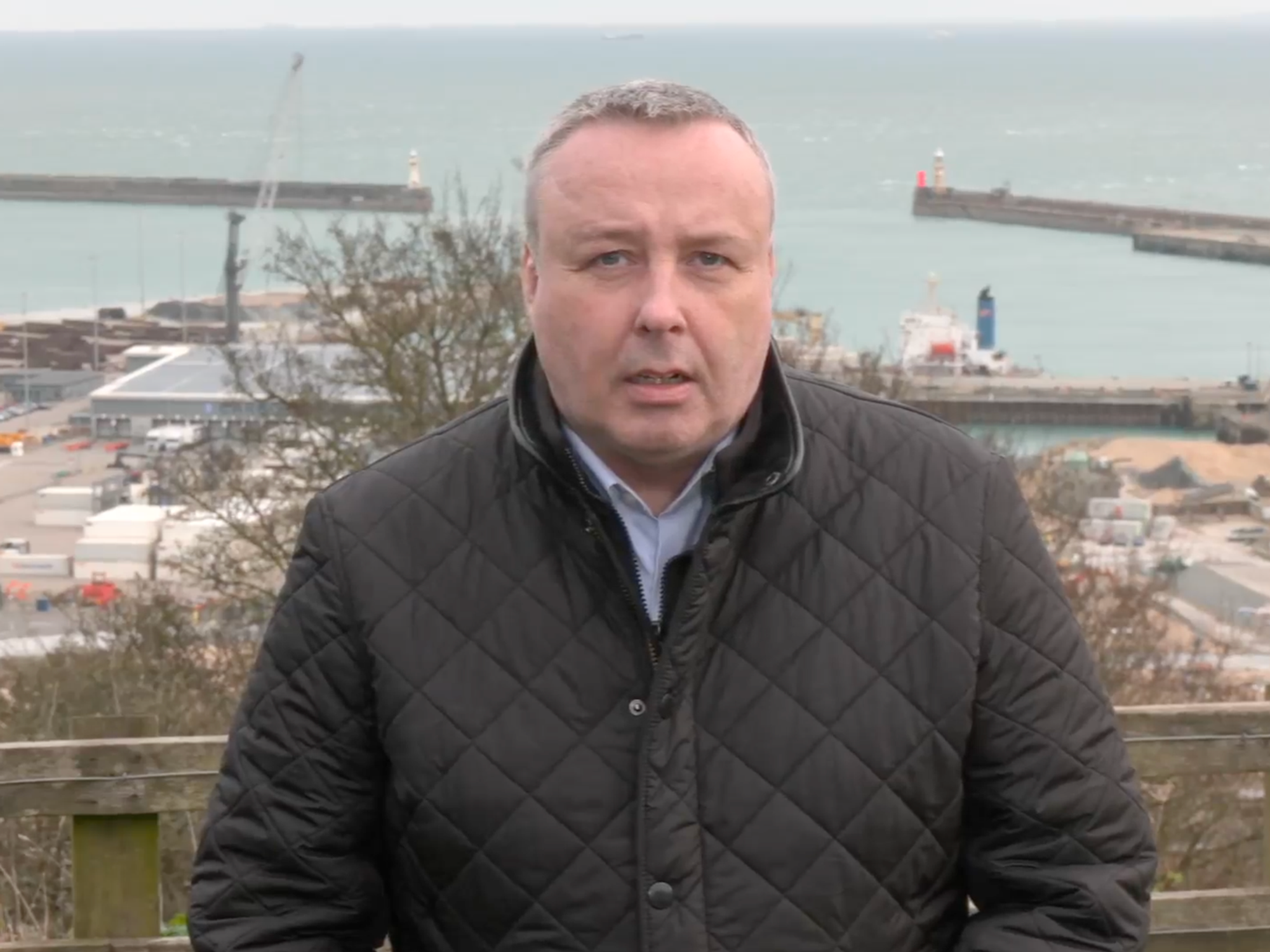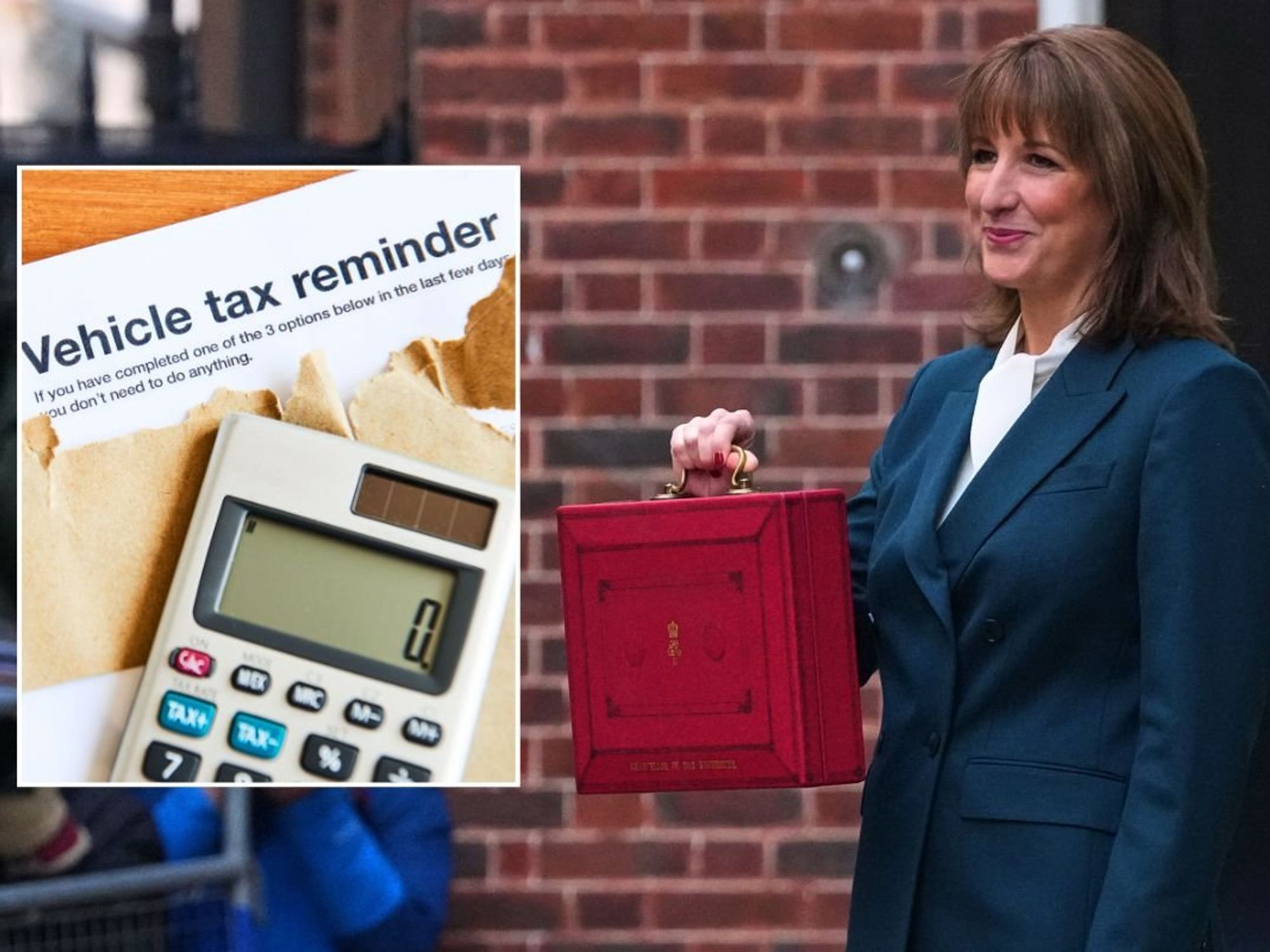UK unemployment rate to hit 5% next year as Rachel Reeves £25billion 'jobs tax' bites Britain

Projections show rising joblessness into 2025 as higher costs weigh on hiring
Don't Miss
Most Read
Britain’s unemployment rate is expected to rise to five per cent by early next year before easing to 4.7 per cent by 2027, according to new projections from forecasters EY ITEM Club.
The report suggests a temporary peak in joblessness as labour market conditions weaken in the coming months.
EY’s latest economic outlook indicates that unemployment will continue to increase through mid-2025 before gradually declining.
Matt Swannell, economist at EY, said the labour market was set to experience further softening as businesses respond to higher costs.
TRENDING
Stories
Videos
Your Say
The latest predictions follow a period of rising unemployment, with the jobless rate rising from 4.4 per cent to 4.8 per cent over the past year.
The report notes that business sentiment has been affected by recent fiscal measures.
Employers are responding to increased costs following the substantial rise in National Insurance contributions previously announced by Rachel Reeves.
The Chancellor introduced a £25billion rise in employer national insurance, which businesses say has contributed to hiring freezes and redundancies.
Tory leader Kemi Badenoch described the levy increase as a "jobs tax", warning it makes it more difficult for companies to recruit new workers.
Industry surveys have signalled that the higher rate has increased staffing costs and slowed recruitment activity.
These increases have had a huge impact on the pub industry, with one in eight pubs set to collapse.

Joblessness is projected to rise into 2025 as elevated costs continue to dampen hiring
|GETTY
Companies across sectors are reported to be scaling back employment plans in response to the additional levy.
The increase in employer contributions is among the most significant cost pressures faced by firms in recent years.
This report comes as it was confirmed that the number of young people not in education, employment or training (“Neets”) is set to exceed one million for the first time in over a decade.
EY ITEM Club forecasts a sustained period of elevated unemployment before a gradual improvement.
It expects the jobless rate to stabilise at around 4.7 per cent by 2027.
The analysis also reflects revisions to economic growth expectations.
EY now anticipates GDP growth of 1.5 per cent this year, citing stronger-than-expected performance in 2024.
LATEST DEVELOPMENTS

The British job market grows harder to navigate
|GETTY
This represents an improvement from earlier estimates.
The group has maintained its forecast for 0.9 per cent growth in 2026 and expects 1.3 per cent expansion in 2027.
Mr Swannell said the Chancellor faces a £30billion fiscal gap ahead of the next Budget.
"Some of these changes would need to be introduced almost immediately, although we can expect potential tax rises to be balanced with supply side growth measures."
He added that a combination of possible tax rises, international trade disruption and elevated interest rates was likely to weigh on growth.
He said: "The combination of potential tax rises, global trade disruption and high interest rates is still anticipated to put a brake on economic momentum and produce modest growth over the next year."
Business investment forecasts have also been revised.
EY expects business investment to rise by 3.7 per cent this year, supported by stronger-than-anticipated spending.
This marks a significant increase from its previous projection of 1.2 per cent in July.
However, the group expects investment growth to slow to 0.8 per cent in 2025 as companies adjust to higher costs and uncertain conditions.
The forecaster had previously expected no growth in business investment next year.
The latest figures suggest some continued resilience but a slower pace as firms reassess capital commitments.
EY noted that companies are adapting to increased effective tariff rates and broader cost pressures.
It added that corporate caution would likely remain a feature of the business landscape in the year ahead.
Inflation is forecast to remain above the Bank of England’s two per cent target through the coming year.
Higher interest rates and potential fiscal tightening are expected to limit economic expansion.
Persistent inflation means the central bank faces challenges in balancing price stability with supporting growth.

The level of joblessness piles pressure on the state to provide support to those out of work
| PAEY ITEM Club said achieving the inflation target is likely to remain difficult in the near term.
The organisation highlighted that high borrowing costs, possible tax rises and global economic uncertainty may constrain economic performance.
It said these factors are expected to limit the pace of recovery.
EY said the combination of above-target inflation and modest growth underlines a period of adjustment for the UK economy.
It added that both domestic policy and external conditions will continue to shape the outlook.
More From GB News











